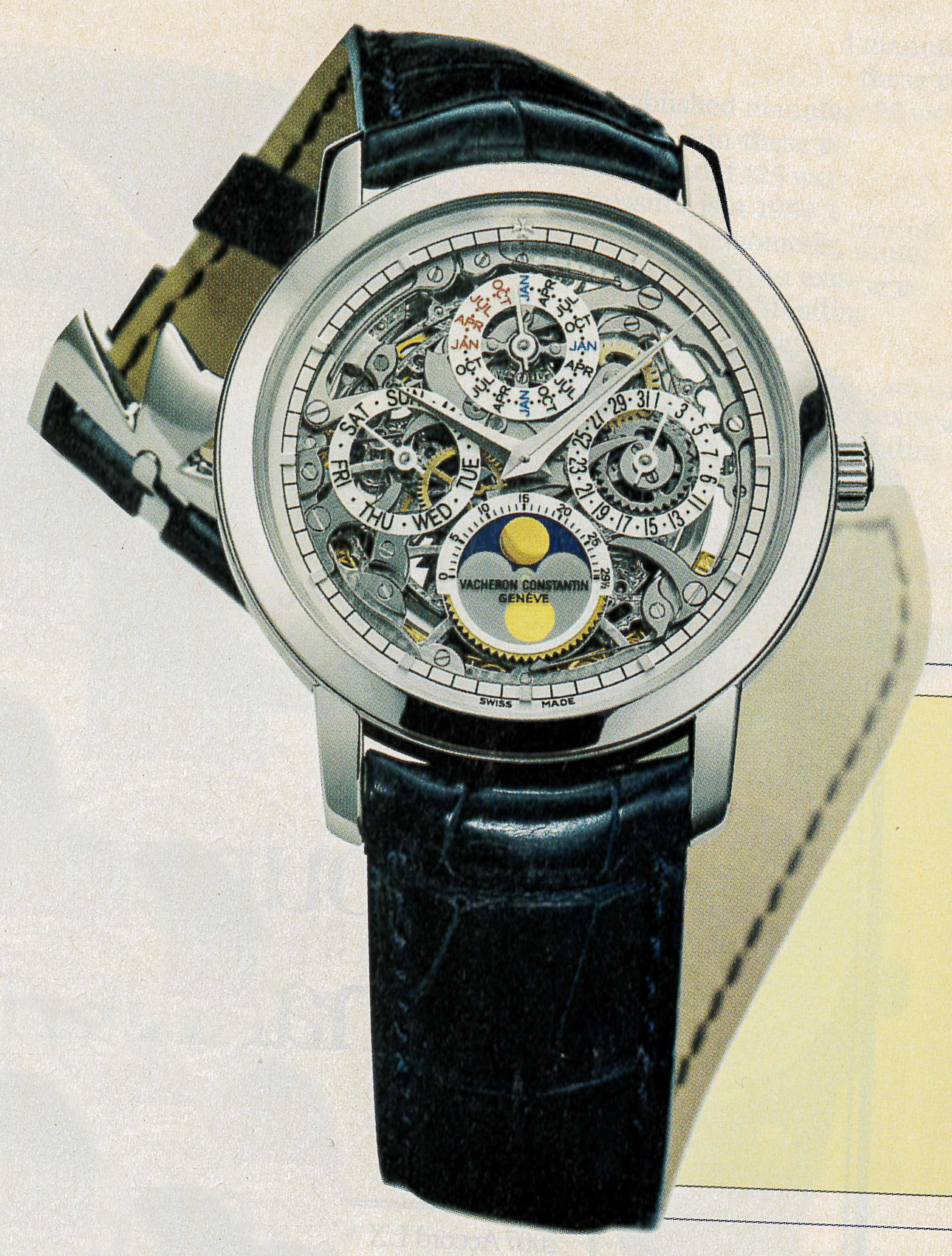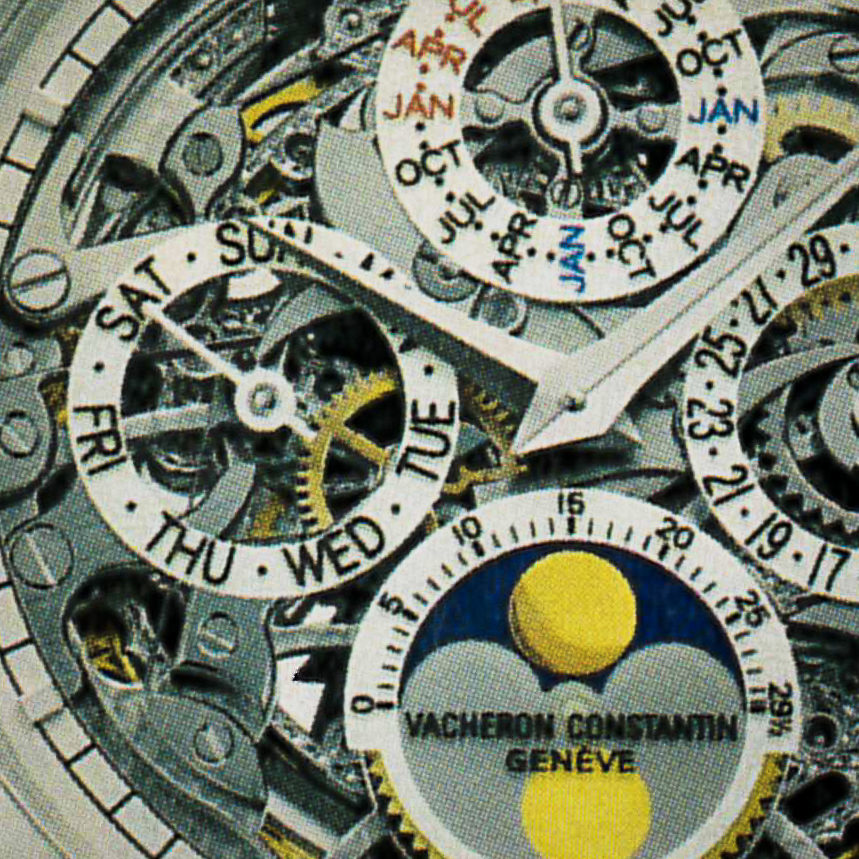Clocked screws and screw face alignment
"Clocked" is the term for screw head faces that are in visual alignment with each other.
Warning: You're probably not going to like Seven's answer as to why we don't clock.
Article Summary
Clocked screws are a woodworking thing, not a precision metalworking thing. If you're working with precision machining where torque accuarcy matters, you don't clock screws.
Don't believe us? Look at any $10,000-plus watch screw heads. We're not talking about faux "Royal Oak" screws that are purely ornamental. We're talking about screws that serve a mechanical purpose.
We have nothing against bike companies that use Torx screws, hex screws, rivets, or even tape to hold on their head tube badges. It's all good. But, it is not technically "correct" for Seven clock to our head tube badge screws. In addition, we have sentimental reasons for sticking with slotted head screws and letting torque override clocking. Read on to find out why.


When our founding engineer, Rob, was a young punk, his mentor, grizzled old master machinist Frank, growled at him one day for clocking screws on a pedal rebuild. Rob, always asking why, did. Frank explained:
"Clocking is for ornament. We're precision machinists not gilders. Never clock screws in metalwork unless it's purely for vanity."
Once Rob recovered from being grumbled at by his mentor — it took a few years, Rob vowed to never clock another screw.
Function Over Form
It's subtle and most people don't care about that level of detail. Seven's unclocked screws are a nod to Seven's engineering over form function over form approach to everything we design and build. If you really wanted to, you wouldn't even have a head tube badge. It is vanity to begin with. So, no badge or ..... Unfortuantely, if you want a Seven, it comes with an unclocked head tube badge as a nod to our first machining mentor Frank. Five reasons metalworking screws should not be clocked: 1. It' about torque accuracy, not beauty. 2. It's about torque accuarcy which is not possible to machine in line. 360 degrees is 0.010". 10 degrees is abpit There is no reason to clock screws. It's stupid. There are 0.001" Clocking has two purposes: Cosmetic aliognemtn gauge for when something is coming loose. this second funtion is rare. Firearms.Let's do some math
Let's say, for the sake of argument as a mental excercise, we wanted to ahve the screws clocked. Here's what would be required: Frist, you need to have the screw slots aligned to within 2 degrees. In order to do that you need the threads to be machined accurately to within 0.0000003" (three tenthousandths of an inch). A piece of paper is about 0.003". Your machinint would have to machine fourty times more accurately than the thickness of a piece of paper. Any honest machinist will tell you that this is a stupid project.For the screws we use they have a 0.010" pitch. One degree of rotation is 0.00003" (three onehundred thoushtanths of an inch). So, at two degrees of slop we have 0.0006" to play with. That's asinine. That means that in order to keep the slots within 2 degrees of accuracy we need it's a small enough number that MS Excel defaults it to read "2.77778E-05." Once we start getting into xxxxxxx numbers it's time to do something else. If you think 2 degrees is being too picky, you're wrong. Here' an image. 0.003" or one sheet of paper thickness is about a third of a turn or 60 degrees. Trying to get into the realm of a couple of dergrees. Anything more than 2 degrees would be visible, , not Only onces out of 70,000 bolts have we had one come out. that's not a bad result. We'll keep doing it the way we were taught by our master machinist. Proper torque or slot alignment. Proper torque is obviously way more important than slot alignment. Need more proof? Just go on the interweb and type something like, "rolex watch face screws" in images serach. You'll find thousands of images of percision tightened screws Back in 1997, we were the frist company we knew of to use a laser cut head tube badge and flathead panhead screws. At the time people loved it. It was different and nice detail of the handwork that went into building a custom Seven. Originally, we were one of the first comapnyi hodinkee.com/articles/why-screw-slots-arent-aligned-in-watchmaking >> Screws, tightened properly, are done according to torque, not appearance. The story about the engineer at a Rolls-Royce dealership is excellent ("You mean that half the screws are too loose and half are too tight?"). >> As a larger scale example, consider a typical 8mm metric bolt with 1.25mm thread pitch. That means that every 360 degrees that you turn the bolt moves it 1.25mm closer to the surface. If you shave a total of 3.5 micrometers off of the thread, bolt head underside, and plate surface, the bolt will rotate an additional degree before coming to a stop. >> The reason shotguns have timed screws is not for visual appeal, it's so the owner can tell at a glance if any of the screws are loosening. https://www.esquire.com/uk/watches/a33816691/why-dont-screws-line-up-watch/ Machined itemms that get clocked screws: guns. because you want to know if one is getting loose. work working. Almost alighted is worse than clearly not aligned. Why don't we clock screws I have an article somewhere about this. Here are some audio notes: • Define bolt and screw • Wood screw is where clocking is more common. Wide thread. Metal tighter thread. This is part o Metal screw: 10 degree is 0.001” for metal screw. Too tight. 0.001” is how much torque change? o Wood screw: one recolution is about 0.100” 3 degrees per 0.001” of an inch. • Clocking constrains the bolt to not be its nature. Proper torque is more importstn. That's its nature. Going against bolt nation is not right. Not necissariyl wrong, either. That's my aesthetics. Set to torqre, not clock. Screw nature is more important. Clock is ocd. It's not longer art; it's me subjugating the bolt. Owning the bolt. Not being in concert with the bolt. Torque is concert. Clock is ocd. torx hide the issue. Do you prefer obuscation, intall them yoursleves.
I hope you now love our unclocked screws. We call them "Franked screws" after Rob's first machining mentor.
